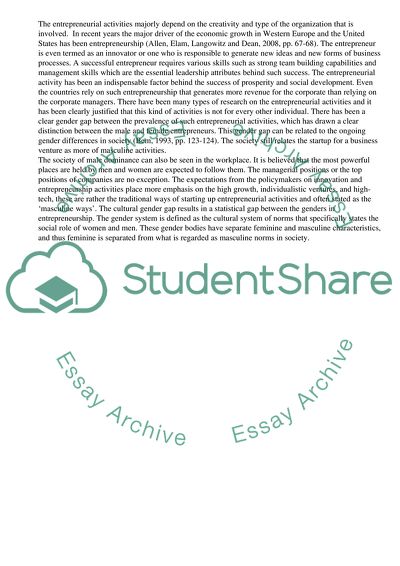Cite this document
(Entrepreneurship Driven by Masculine Norms Assignment, n.d.)
Entrepreneurship Driven by Masculine Norms Assignment. Retrieved from https://studentshare.org/business/1818506-entrepreneurship-first-assignment-2013-142-2
Entrepreneurship Driven by Masculine Norms Assignment. Retrieved from https://studentshare.org/business/1818506-entrepreneurship-first-assignment-2013-142-2
(Entrepreneurship Driven by Masculine Norms Assignment)
Entrepreneurship Driven by Masculine Norms Assignment. https://studentshare.org/business/1818506-entrepreneurship-first-assignment-2013-142-2.
Entrepreneurship Driven by Masculine Norms Assignment. https://studentshare.org/business/1818506-entrepreneurship-first-assignment-2013-142-2.
“Entrepreneurship Driven by Masculine Norms Assignment”, n.d. https://studentshare.org/business/1818506-entrepreneurship-first-assignment-2013-142-2.


